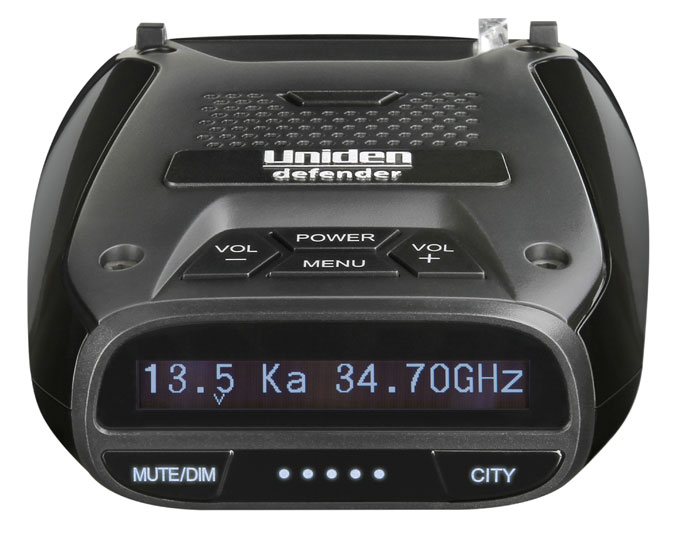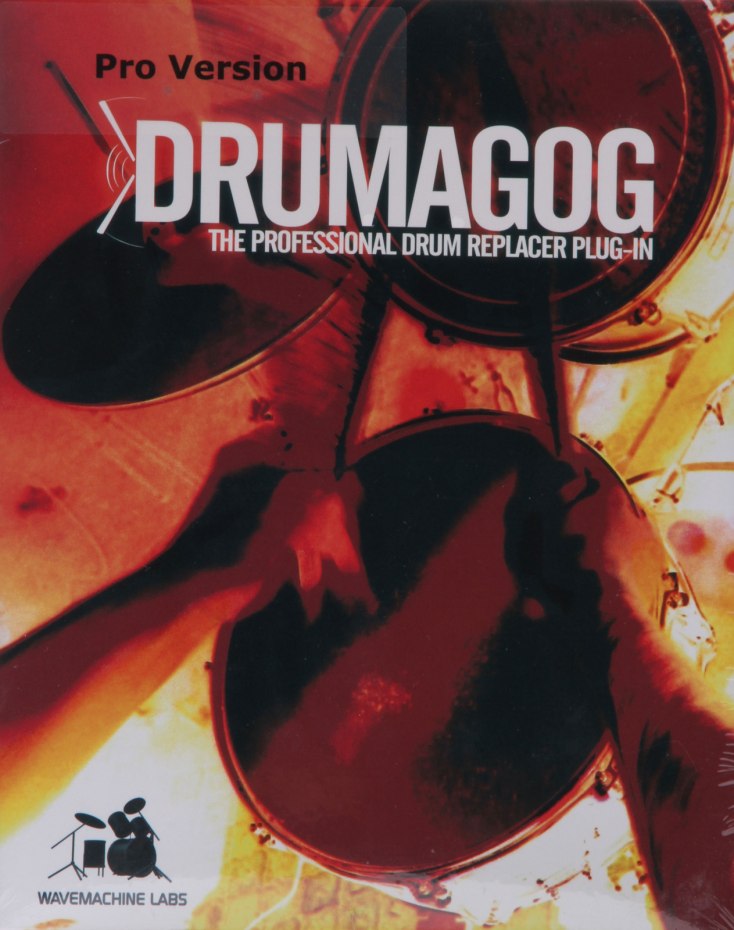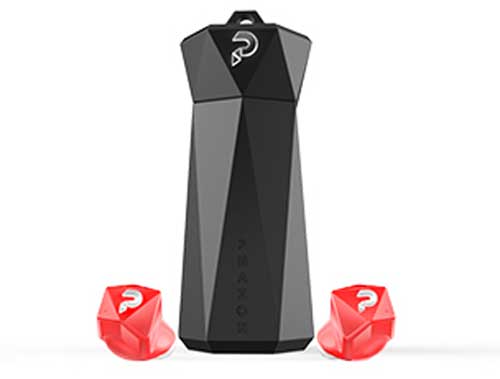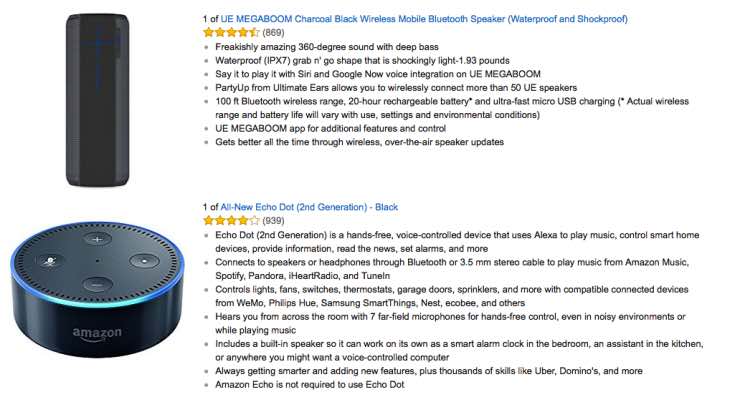Week 36, 2016: Choosing between Uniden’s DFR6 and DFR3 radar detectors

Sound Advice
By Don Lindich
Week 36, 2016
Q. I read your column about radar detectors and am torn between two Uniden models, the $79 DFR3 and the $199 DFR6. I’ve read about them and watched YouTube videos, and both seem to provide very good performance. Is it really worth 2.5 times the price to get the DFR6 instead of the DFR3?
-R.S., Columbus, OH
Since my last column on the subject I have tested both and do think the DFR6 is worth the extra money.
It isn’t often that the distinction is so clear across the board, but everything about them tells the user that the Uniden DFR3 is a budget product, the Uniden DFR6 a high-end product. You start seeing the difference just looking at the packaging. The DFR3 comes in a blister pack, the DFR6 in a high-quality box. The DFR6 includes a semi-hard carrying case with a cable that includes a USB port and a mute button on the plug. This allows you to charge your phone while using the detector, and to mute false alerts with a very conveniently placed button.
The DFR6 has an OLED display with lots of customizable settings and features. As for detection itself, when I tested it I was able to detect speed signs using continuous radar from several miles away, and it provided ample warning of police radar in use with plenty of time to check speed. The DFR3 does a good job of detection as well, though not in the same class as the DFR6. But detection isn’t the whole story.
The reason the $199 DFR6 and the $299 GPS-enabled version DFR7 have become such hot sellers is they really do provide similar performance and features as high-priced, high-end detectors, but at a fraction of the cost. Why spend $500 to $600 on a radar detector when you can get the equivalent for less than half the price?
That’s probably why I am so bullish on the DFR6. You get a high-end product, and the experience and performance it provides, without paying the usual price for it. Besides that, once you have used the DFR6 it is pretty much impossible to go back to the DFR3. If you start with the DFR3 you will probably be satisfied with it, but there really isn’t much comparison between the two. The DFR6 is better in every way.
In your case, given where you live you don’t really have a choice but to go with the DFR6. Ohio uses traffic sensors, which are radar transmitters placed at regular intervals along high-speed roads. They send out a brief burst of radar every minute or so to monitor traffic flow. They will cause constant false alarms on radar detectors that are not equipped with a traffic sensor filter. This is different than the K-band filter most radar detectors have to filter out automotive blind-spot warning and automatic braking systems.
The DFR6 has a traffic sensor filter, the DFR3 does not. That means the DFR3 will give false alerts almost constantly on a high-speed road where traffic sensors are in use.
If you go to the RD Forum RDF Geographical Survey at http://tinyurl.com/stateradarsurvey you can see if your state, or states near you, use traffic sensors. I ended up buying a DFR6 for myself knowing that your state of Ohio uses traffic sensors. My veterinarian is located in Ohio and I drive their relatively frequently, so it is nice to know my detector is still useful there.










